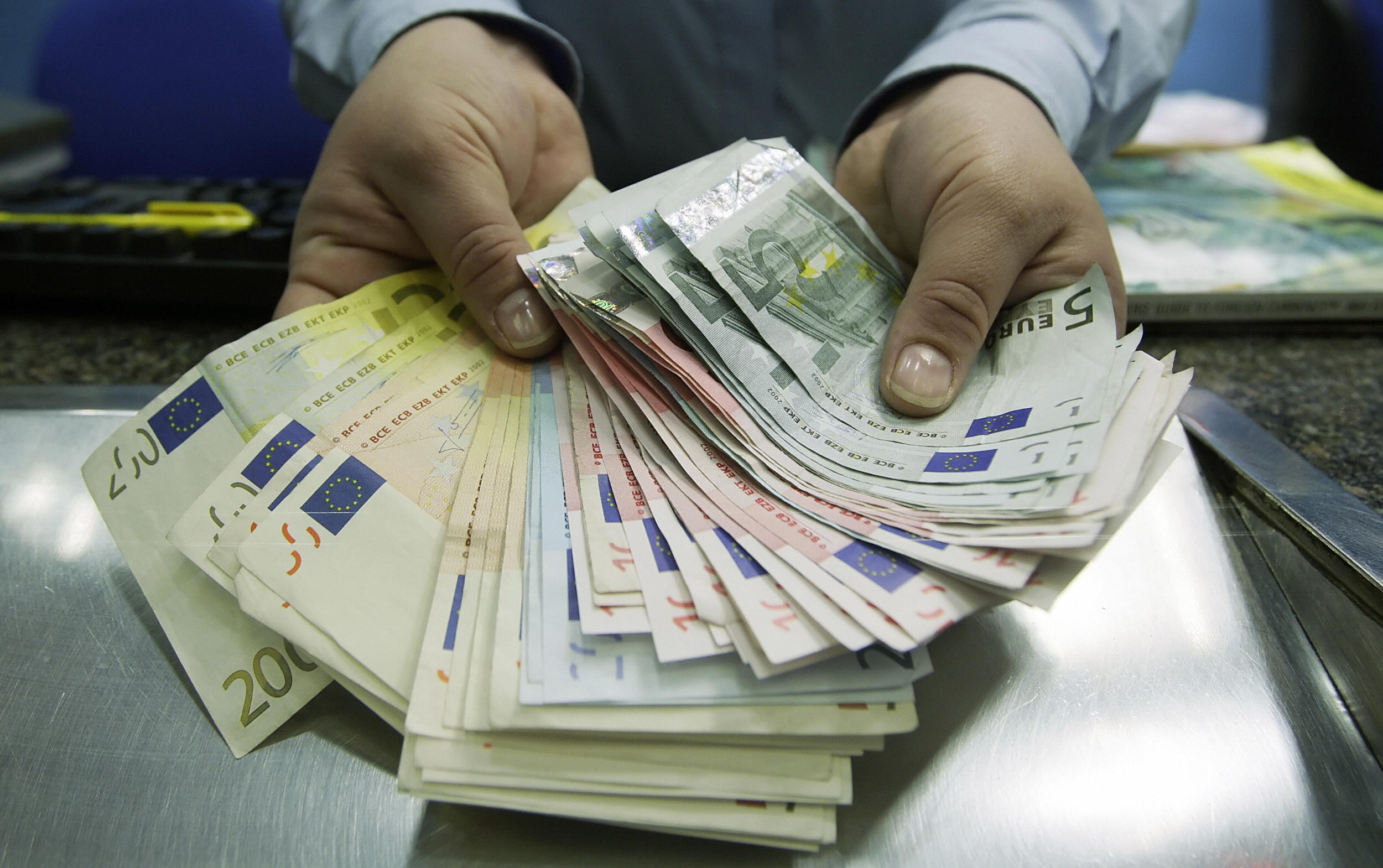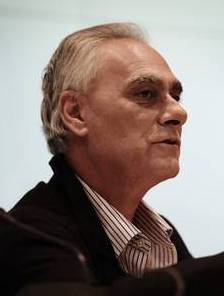
(Photo Manar Moursi)
Contemporary Image Collective (CIC) is hosting a selection of work by 18 young photographers from across 11 Middle Eastern and North African countries, which reflects how living conditions affect human lives.
The exhibited photo stories cover various topics ranging from the conditions of sanitation workers in Tunisia to the search for green spaces in the dense concrete landscape of Cairo. Other photos tackle water shortage, the plight of refugees and the impact of their forced relocation, urban development, pollution, as well personal emotions such as longing for the past home of Grandparents.
The exhibition, “Next to Here”, features the output of workshops that were conducted over the last two years, bringing young photographers together to eventually present a comprehensive and intimate portrait of their surroundings.
The workshops were held in Casablanca, Algiers, Tunis, Alexandria, Cairo, Beirut, Ramallah, Amman, Khartoum, Erbil and Dubai. The exhibition organised by the different branches of the Goethe institute in partnership with other institutions, such as CIC.
The participating photographers, who came from varying backgrounds, “share a keen interest in discovering the realities of the world around us and the people who inhabit it,” according to a statement issued by the institute.
“These are not professional photographers,” said Constanze Wicke, the exhibition curator, “some of them are engineers, architects, and students.”

(Photo Mai Al-Shazly)
Two of the Egyptian photographers participating in the exhibition, Nadia Mounier and Mai Al-Shazly, presented photography series discussing the dwindling green spaces amid Cairo’s concrete high rises.
One of Mounir’s photos shows a billboard empty of everything except a group of lamps, and residential buildings in the backgrounds.
“We don’t live life in our cities, we consume in our cities,” Mounier said.
Al-Shazly, whose work focuses on life in and out of urban settings, juxtaposed plastic vegetation with the city’s growth.
“Green spaces are getting smaller in the city,” El-Shazly said, “but the need for vegetation doesn’t die.”
Her photos, which show green houses and roof gardens where people grow vegetables, are “a silent conversations between two things that are both living in the same zone place but in a different environment,” she said.
Manar Moursi, another Egyptian photographer, showed a more positive side of urban development. She presented the “archipelago theme” of parks surrounding Cairo.
“Despite the widespread notion that Cairo does not have enough public spaces, such spaces are, in fact, plentiful and diverse,” she said.
Maryam Ahmed was inspired by Andy Warhol’s approaches. Ahmed photographed popular Egyptian products such as soda, hair cream, and tea, which “present themselves in a green colour,” although they contain almost no “green” natural ingredients.

(Photo by Nadia Mounier)
Other photographers covered issues of war and refugees in the exhibition.
Hassam Mansarah photographed an 81 year-old man who lost his home in the 1948 Nabka while Qais Assali documented the impact of Israel’s wall on the residents of East Jerusalem.
Marwan Tahtah shot photos of the construction boom in Beirut, which replaces the left over destruction from Lebanon’s civil war that began in 1975.
Photos by Gailan Haji Omar feature Syrian-Kurdish refugees and the supply of “sufficient amounts of clean water” that helped them survive.
“Next to Here” exhibition will be on view from 28 September to 5 November at the Contemporary Image Collective (CIC) in Downtown, Cairo.
Address: 22 Abdel Khalek Tharwat Street 4th floor.



